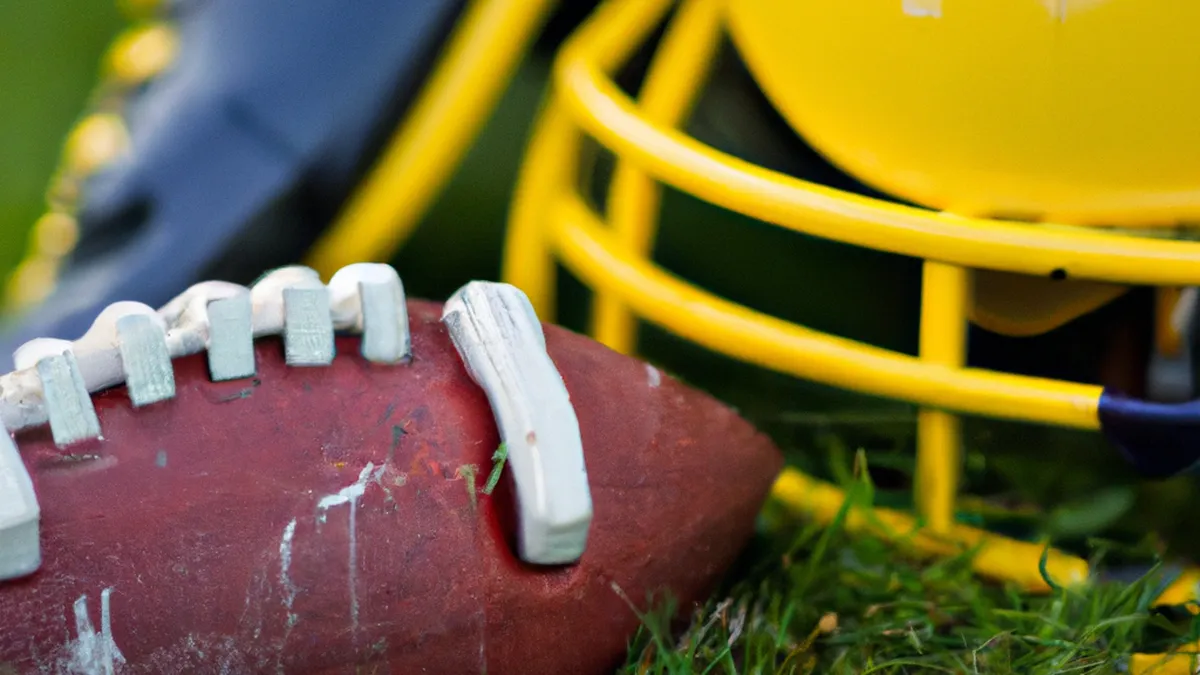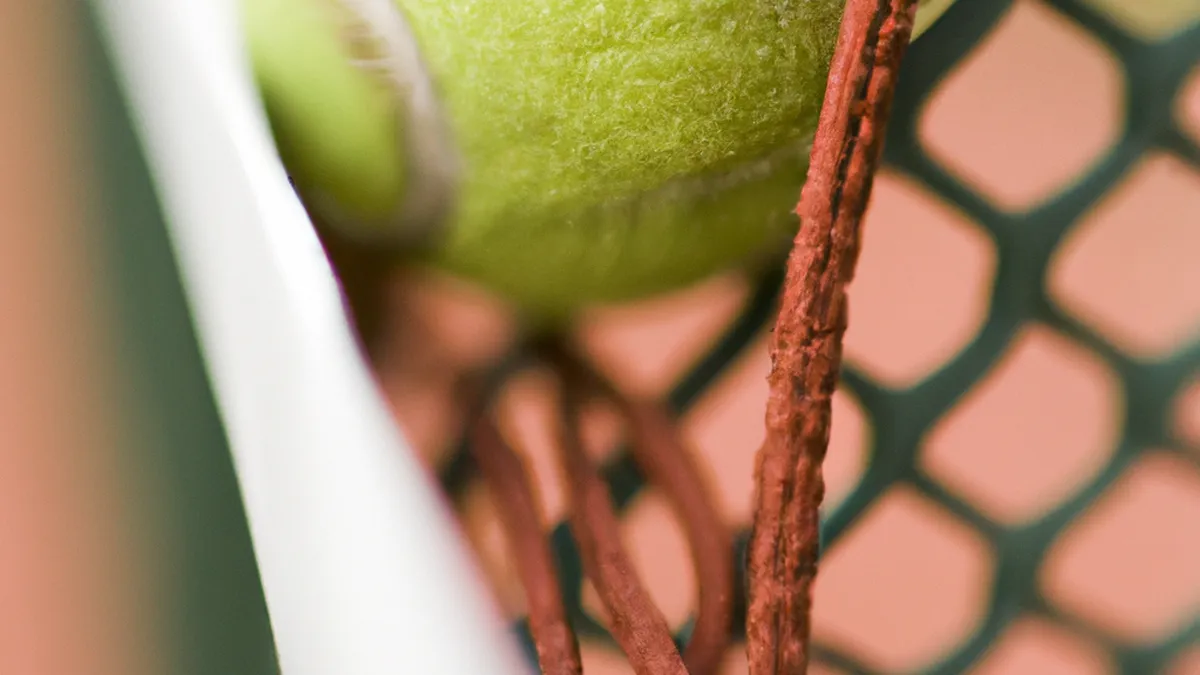Biomechanics of Tendon Adaptation
Biomechanical Analysis of Tendon LoadingBiomechanics studies forces on living organisms and their impact on human movement. Understanding tendon loading is crucial for preventing injuries and enhancing athletic performance. Tendons connect muscles to bones and transmit forces generated by muscles. A clear understanding of tendon loading improves training techniques, recovery protocols, and overall athletic performance.
Understanding Tendon Loading
Tendons actively respond to mechanical loads during activities. When muscles contract, tendons experience tensile loading and generate stress within the tissue. This stress stimulates tendon adaptation and growth. However, excessive loading can cause injuries like tendinopathy, tears, or ruptures. Analyzing tendon loading provides insights into their mechanical behavior and health.
The Biomechanical Basis of Tendon Loading
Tendon loading occurs during activities like running, jumping, and lifting weights. Each movement generates forces that affect tendon health and performance. Understanding the biomechanical principles behind these forces benefits athletes and trainers.1. **Muscle Contraction**: Muscle force during contraction influences tendon loading. Stronger muscles generate greater forces, leading to increased tendon loading. Therefore, developing muscle strength promotes optimal tendon health.2. **Movement Mechanics**: Proper biomechanics ensure efficient movement patterns and reduce excessive tendon loading. Athletes with poor mechanics may increase injury risk by subjecting tendons to abnormal stresses. For example, improper landing while jumping can heighten stress on the Achilles tendon.3. **External Factors**: The environment significantly impacts tendon loading. Different surfaces (e.g., grass, asphalt, or gym floors) alter the impact forces on tendons. Additionally, footwear affects force transmission to the tendon. Selecting appropriate surfaces and footwear minimizes harmful tendon stress.
Key Factors Influencing Tendon Loading
As an Amazon Associate I earn from qualifying purchases.
Gear tip: consider tens unit, compression sleeves, and compression socks to support this topic.
Several factors influence tendon loading during activities. Understanding these factors helps athletes and trainers manage and optimize tendon health.
1. Muscle Strength and Power
Muscle strength primarily determines the forces exerted on tendons. Stronger muscles produce higher forces, increasing tendon loading during activities. Resistance training enhances muscle strength and promotes tendon health by encouraging adaptation to greater loads. Balancing strength gains with tendon capacity prevents overloading and potential injuries.
2. Flexibility and Range of Motion
Flexibility plays a vital role in tendon loading. Limited range of motion alters movement mechanics and increases stress on tendons. For example, tight calf muscles can negatively affect ankle mechanics.
Conclusion
Understanding tendon loading provides essential insights for improving athletic performance and preventing injuries.
Below are related products based on this post:
FAQ
What is tendon loading?
Tendon loading refers to the forces experienced by tendons during physical activities such as running, jumping, and lifting. It is essential for tendon adaptation and growth, but excessive loading can lead to injuries like tendinopathy or tears.
How does muscle strength affect tendon loading?
Muscle strength directly influences the forces exerted on tendons during activities. Stronger muscles generate greater forces, which increases tendon loading, making it important to balance strength gains with tendon capacity to prevent injuries.
What role does flexibility play in tendon health?
Flexibility is crucial for maintaining proper movement mechanics and reducing stress on tendons. Limited range of motion can lead to abnormal stresses on tendons, which may increase the risk of injury, highlighting the importance of flexibility in training regimes.















Post Comment